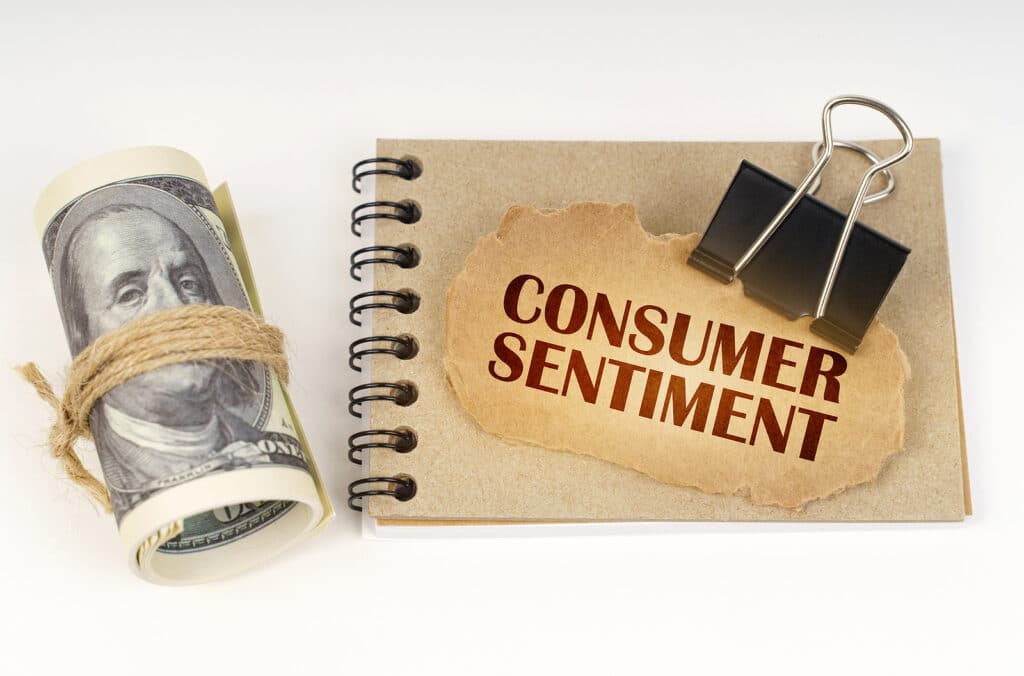
Key Points:
- Retail sales increased by 0.2% in September, falling short of the 0.4% forecast by economists.
- Excluding vehicles, parts, and gasoline, retail sales rose by 0.1%, also below the 0.4% forecast.
- Consumer spending growth slowed, particularly for discretionary purchases, due to economic uncertainty.
The first glimpse of official consumer spending data in two months is in: retail sales rose at a slower pace than expected in September.
Retail sales increased at a monthly pace of 0.2% from August to September. Economists polled by FactSet were expecting a 0.4% jump. Sales rose 0.6% in August from July.
Stripping out sales of vehicles, car parts, and gasoline, retail sales rose just 0.1%, below forecasts for a 0.4% increase.
The report was delayed because of the 43-day government shutdown, which ended mid-November. While the September data may be a bit “stale” this close to the end of the year, the results nonetheless provide insights about the health of U.S. consumers heading into the all-important holiday season.
The main takeaway is that while spending is resilient, growth slowed toward the end of the summer—particularly for discretionary purchases—as economic uncertainty weighs on consumers. Of the 13 categories that the Census Bureau tracks, five recorded monthly decreases in sales: sporting goods, hobby, instrument, and book stores; clothing and accessories stores, nonstore retailers, electronics and appliance stores, and motor vehicle and parts dealers.
“With wage growth slowing and tariffs now fully in place, we think higher prices will start to weigh on consumption,” wrote Michael Reid, senior U.S. economist at RBC Economics, ahead of the report.
Last week, many big-box retailers reported fiscal third-quarter earnings. The results were a mixed bag, with some topping analysts’ earnings expectations and others falling short. But given the dearth of official spending data, investors were more eager to hear what they had to say about the consumer economy.
The main takeaways are that Americans are selective in their spending and are prioritizing value as concerns over inflation and affordability mount among lower- and middle-income consumers.
Home Deport CEO Ted Decker said on Tuesday that macroeconomic pressures had hampered the home improvement market’s expected recovery in the third quarter.
“We were expecting interest rates and mortgage rates to come down, which they did, that would have been some assistance to housing,” Decker said. “But we really just saw ongoing consumer uncertainty and pressure in housing that are disproportionately impacting home improvement demand.”
Target’s Chief Commercial Officer Rick Gomez followed up on Wednesday saying that consumers remained cautious approaching the holiday season, with consumer sentiment ranging at three-year lows.
“Guests are choiceful, stretching budgets and prioritizing value,” he said. “They’re spending where it matters most, especially in food, essentials, and beauty, while looking for trend-right deals in discretionary categories.”
Retailers also flagged that spending had been slightly affected by the closure of the federal government—a fact that won’t be reflected until October and November’s data. The Census Bureau has yet to set a date for both releases.
Most official government releases have been pushed back or canceled altogether—a fact that has complicated matters for investors, economists, and policymakers.
The September data will likely provide Federal Reserve officials additional information as they decide whether to cut interest rates or not at their meeting in December. But unfortunately for the Fed, the timelier releases won’t come until after, Reid added.
Read the full article HERE.


